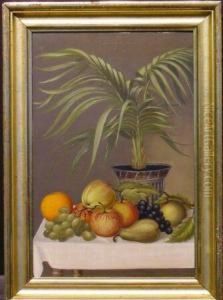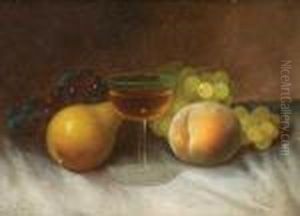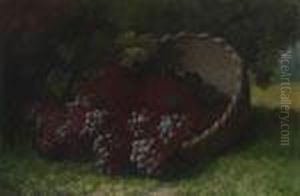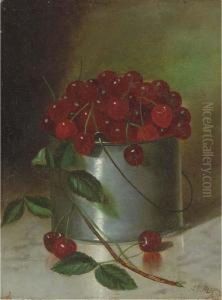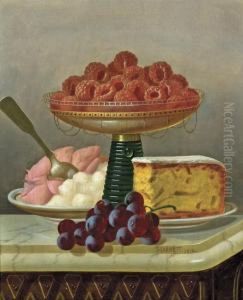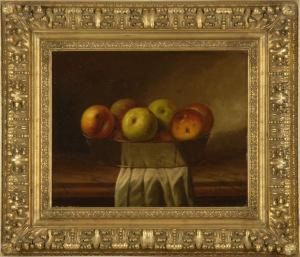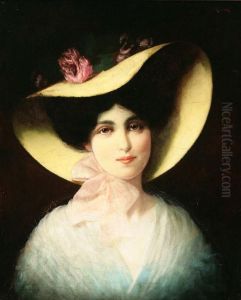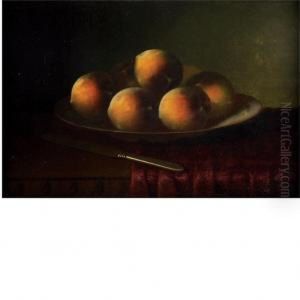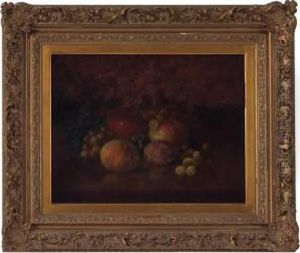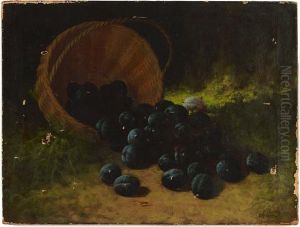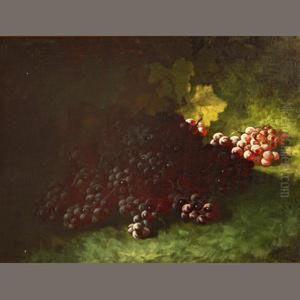Carducious Plantagenet Ream Paintings
Carducious Plantagenet Ream, born in Lancaster, Ohio, in 1837, emerged as a distinguished American still life painter during the 19th century, renowned for his intricate and vibrant depictions of fruits, nuts, and flowers. Ream's journey into the art world was not straightforward. Initially, he ventured into various occupations including working in a print shop, teaching, and even gold mining during the California Gold Rush. It wasn't until his return to Ohio and subsequent move to Chicago that Ream dedicated himself to painting, a decision that marked the beginning of his career as an artist.
Ream's artistic talents were largely self-taught, although he did seek guidance and mentorship from his older brother, Morston Constantine Ream, who was also an accomplished still life painter. This informal training, combined with his innate skill and dedication, allowed Ream to develop a distinctive style characterized by a meticulous attention to detail and a rich palette, which captured the essence and beauty of his subjects with remarkable realism.
During his lifetime, Ream's work gained significant acclaim. He exhibited at various prestigious venues, including the Pennsylvania Academy of the Fine Arts and the National Academy of Design. Despite the popularity of landscape and portrait painting at the time, Ream's focus on still life helped to elevate the genre, showcasing its potential for complexity and aesthetic appeal.
Ream's legacy extends beyond his contributions to still life painting. He was also an active member of the artistic community in Chicago, participating in the city's cultural development. His work has since been recognized and preserved in several museum collections, affirming his status as a significant figure in American art history.
Carducious Plantagenet Ream passed away in 1917, leaving behind a body of work that continues to be admired for its precision, beauty, and depth. Through his paintings, Ream not only captured the transient beauty of everyday objects but also contributed to the appreciation of still life as a serious and meaningful artistic endeavor.
